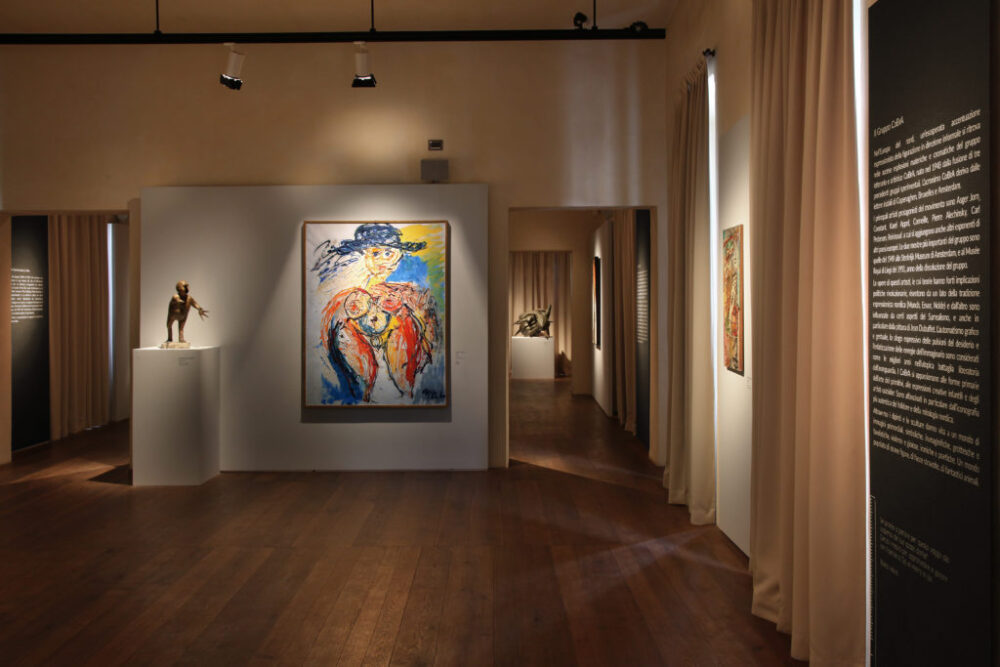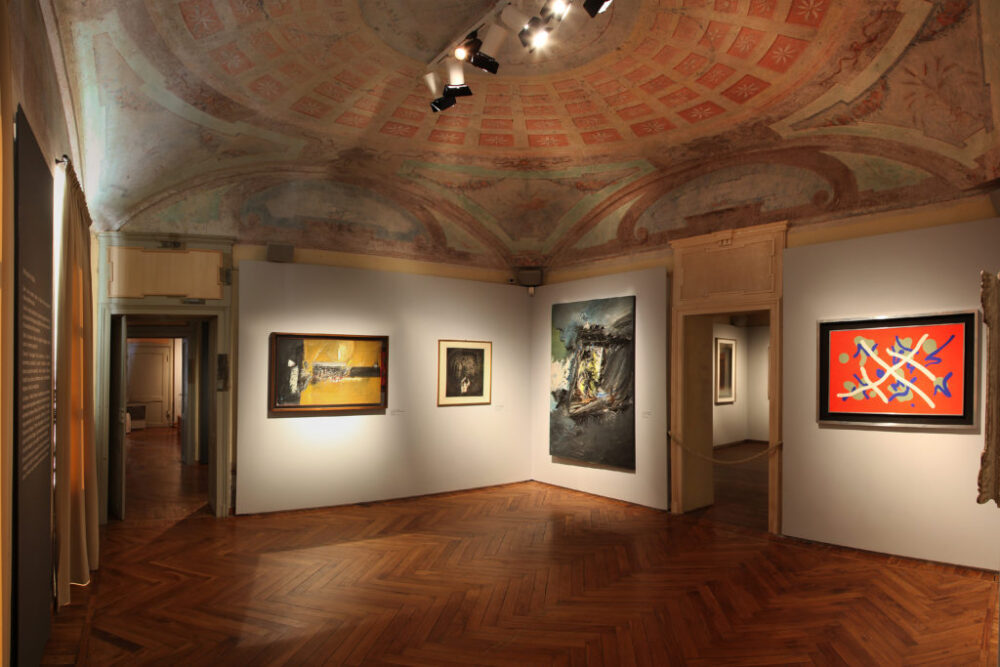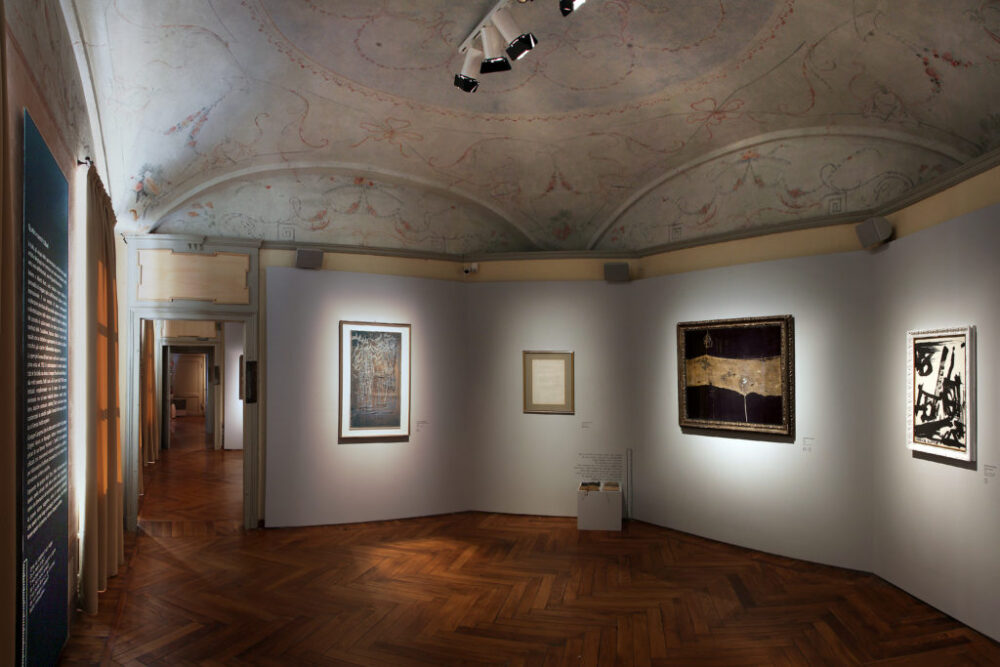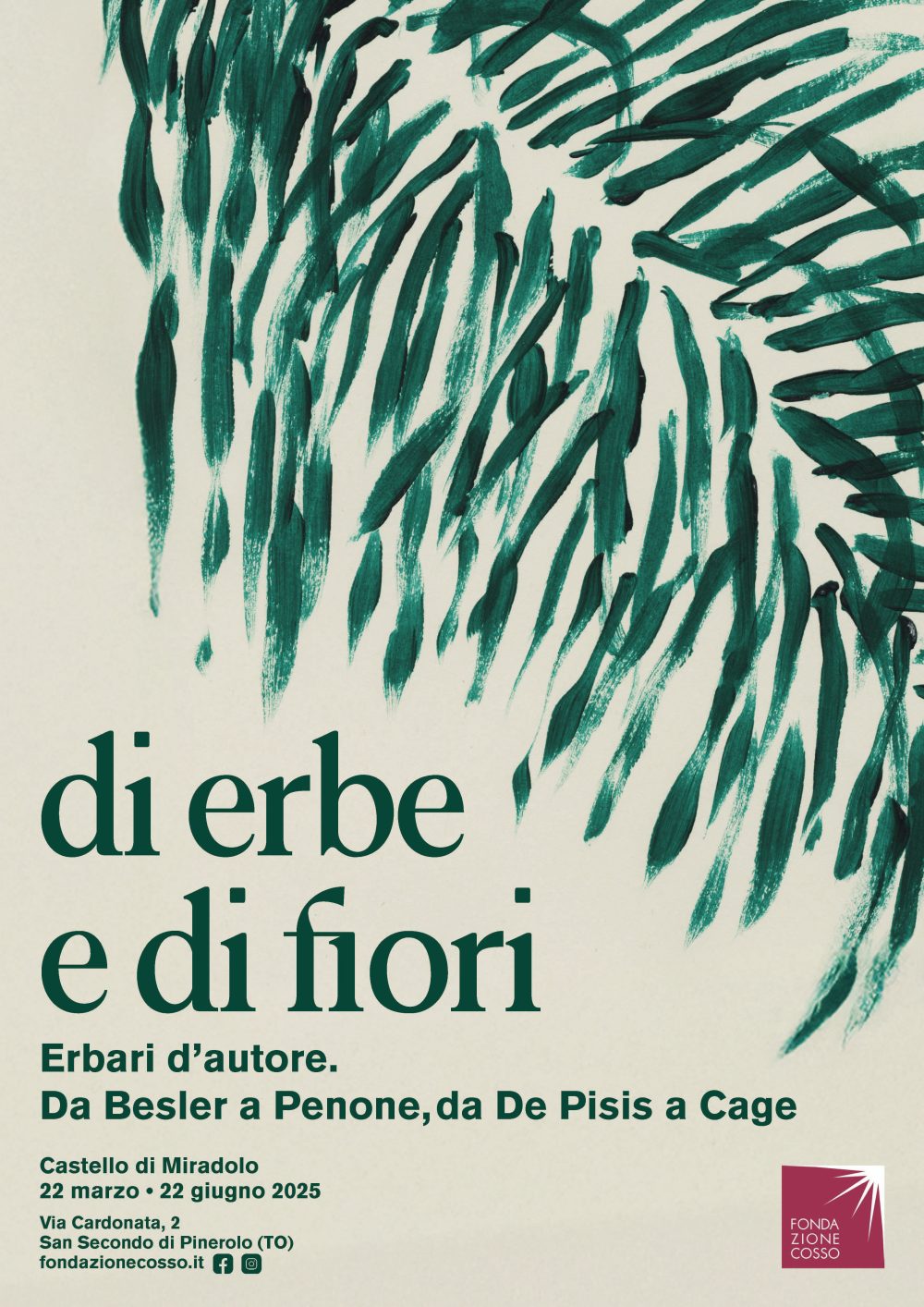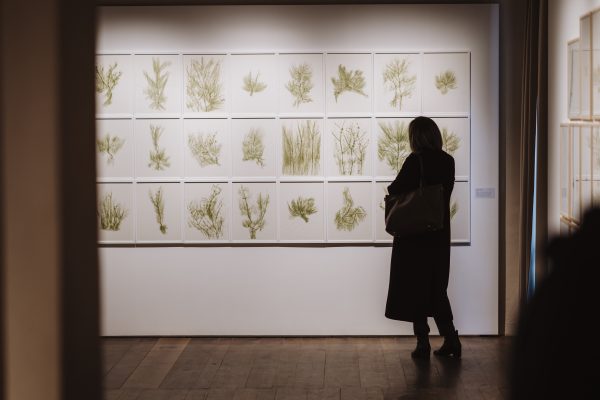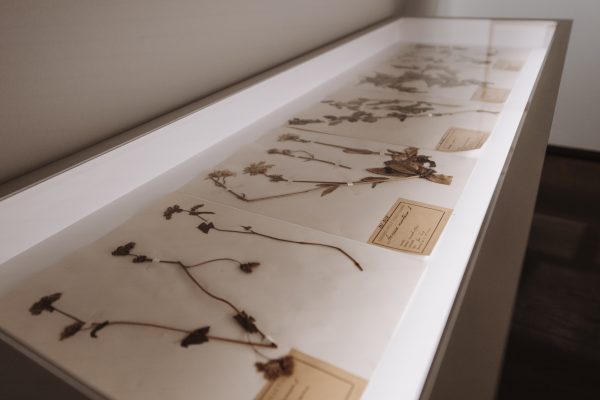Exhibitions among great masterpieces and research
The exhibitions organized by the Cosso Foundation are the result of unpublished research and study projects that come from the comparison of visions of curators and partnerships that the Foundation uses to take care of every aspect of an exhibition; from the set-up, exponential texts, lighting projects, musical installations to audio guides.
The exhibitions are shaped around the spaces in Miradolo Castle which has a historical and architectural setting of great value. The works are positioned in harmony and in dialogue with these spaces, in order to enhance their beauty, by using the right location and lighting.
Since 2008 we have been hosting masters of art
Cosso Foundation activities were inaugurated in 2008 with an exhibition dedicated to the painter Lorenzo Delleani and his pupils; the famous Biella landscape painter also gave painting lessons to Countess Sofia Cacherano di Bricherasio, the last heir of the family and owner of Miradolo Castle. The Maestro loved to frequent the Castle during the nineteenth century.
Since 2008, the Foundation has created unique exhibition projects that offer the opportunity to learn about the life and works of the protagonists of the history of Italian and European art but also of lesser-known but equally important personalities. These are artists who are innovators of their time.
In the historic rooms of the Castle the masterpieces by the greatest masters have already found a home. These include Caravaggio, Tiziano, Lotto, Raphael, Rubens, Tiepolo but also modern and contemporary artists whose recognition has been slower to arrive, such as for Luigi Spazzapan or Fausto Melotti. The works come from prestigious national and international museums and private collectors.
From one meter down
To look at a painting you need a chair (Paul Klee)
Exhibitions are always accompanied by a special teaching program. From one meter down, which was conceived by the Cosso Foundation and Avant dernière pensée, is research for fresh eyes, for attentive ears, for curious hands, for boundless fantasies and was created for all visitors.
It is a specific place, underneath the work of art. It is child-sized but influences the experience of each visitor; it is a space in which to play, reflect, go deeper, which starts from the bottom, from what is apparently a less noble place but it has less content so you can get know a work of art in an unprecedented way and therefore understand it in your own way.
From one meter down it is the attempt to build a chair suitable for different points of view from the one typical to exhibitions which often invites us, pushes us, forces us into something.
This makes it a not only a place for experiences but also the place for an exhibition. In this way it becomes a space which is not limited to a classroom, but it is spread throughout the exhibition.

